Ant Colony Treatment (ACT) offers a sustainable, eco-friendly solution for effective ant control. By understanding ant colony dynamics—including worker roles and communication patterns—professionals can target treatments and disrupt colony activities. Unlike chemical methods with side effects and resistance risks, ACT uses non-toxic pheromone-based formulas to eliminate ants without harming the environment or other species. This holistic approach, involving strategic barrier creation, nest simulations, and regular inspections, ensures long-term ant control while promoting biodiversity. Key post-care maintenance and early intervention are crucial for success, addressing misconceptions about the treatment's effectiveness against complex ant colonies.
“Discover an innovative approach to ant control with Ant Colony Treatment (ACT), a natural and effective solution for ant infestations. This method, inspired by understanding ant colony behavior, offers a safer alternative to traditional chemicals. ACT involves manipulating ants’ communication systems, disrupting their established trails and colonies. By preparing the area, implementing the treatment, and monitoring its effects, you can achieve long-lasting results. Explore this eco-friendly option, busting common misconceptions along the way.”
Understanding Ant Colony Behavior
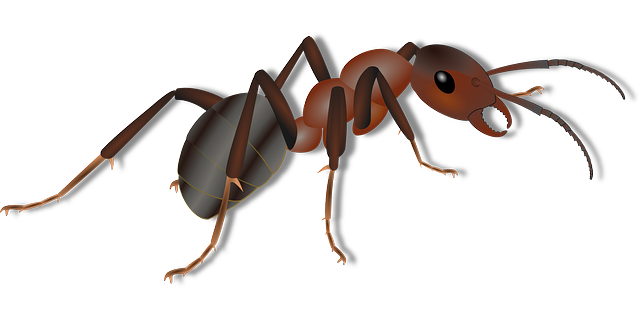
Ants, as social insects, live in organized colonies with complex hierarchies and distinct roles for each member. Understanding their behavior is crucial when it comes to effective ant control. Each colony consists of queens, workers, and males, all contributing to the overall functioning and survival of the group. Workers are responsible for foraging food, tending to the queen, and protecting the nest, while males primarily mate with new queens during swarming seasons.
By observing their routines and interactions, pest control specialists can develop strategies to disrupt these colonies. For instance, identifying the main entry points where workers scout for food and applying targeted treatments can be highly effective. Additionally, understanding ant trails left behind helps in implementing preventive measures, as sealing off these paths can restrict access to desirable areas. Such insights into ant colony behavior are essential tools in the fight against ant infestations, ensuring more successful and sustainable ant control methods.
Traditional Ant Control Methods

In the ongoing battle against ants, traditional ant control methods have long dominated the landscape. These conventional approaches often involve chemical-based solutions, such as insecticides and pesticides, which are designed to eliminate ant populations. However, these methods come with drawbacks. Chemical treatments can be harmful to both target and non-target organisms, including beneficial insects and pets, and they may not offer sustainable long-term solutions due to the development of resistance. Additionally, they fail to address the intricate social structures and communication networks that make ants so effective at thriving in environments.
As a result, many are now turning towards innovative alternatives like Ant Colony Treatment (ACT). Unlike traditional methods, ACT understands the complex behavior of ant colonies, employing non-chemical techniques to disrupt their activities. This approach not only provides safer and more environmentally friendly solutions but also offers long-lasting results by tackling the root causes of ant infestations. By focusing on the colony rather than individual ants, ACT offers a holistic strategy for effective ant control.
Advantages of Ant Colony Treatment
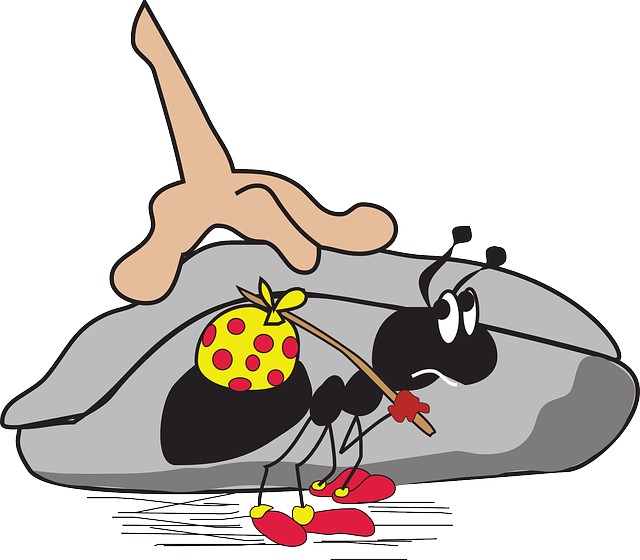
The Ant Colony Treatment (ACT) offers a unique and eco-friendly approach to ant control, setting it apart from conventional methods. One of its key advantages is its ability to target not just the visible ants but also their entire colony, including the queen. This comprehensive strategy ensures that even if some ants survive initial treatment, the colony cannot sustain itself, leading to long-term eradication.
ACT is particularly effective in hard-to-reach areas and complex environments where traditional methods might struggle. Its non-toxic nature makes it a safer option, especially for homes with children or pets. This method also respects biodiversity by minimizing harm to other insects and the environment, contributing to a more balanced ecosystem.
How the Treatment Works
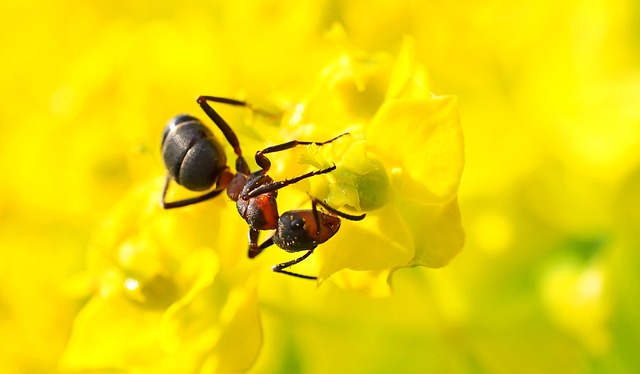
The Ant Colony Treatment is a unique and effective approach to achieving lasting ant control. This method involves understanding and mimicking the ants’ own communication and behavior patterns. It utilizes synthetic pheromones, which are chemical signals that ants use to communicate with each other, to disrupt their established trails and colonies. By releasing these artificial pheromones in strategic areas, we can mislead ants, causing them to lose their way or abandon their nests entirely.
This treatment is not just about killing ants; it focuses on eliminating their ability to find food and establish new colonies. The process starts by identifying the main trails and entry points used by ants to access buildings or targeted areas. Trained professionals then apply the pheromone-based treatments along these paths, ensuring a thorough disruption of ant activity. This method is especially beneficial for long-term ant control as it disrupts the colony’s structure and communication network without causing harm to the environment or other non-target species.
Preparation for Ant Colony Therapy
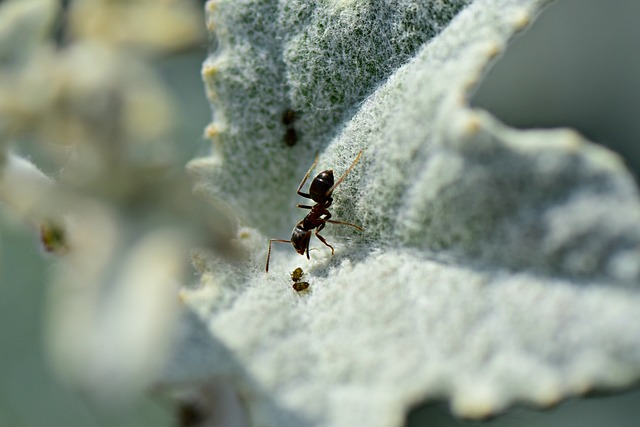
Ant Colony Therapy (ACT) is a unique and eco-friendly approach to ant control that involves understanding and utilizing the complex social behavior of ants. Before embarking on this method, thorough preparation is key to its success. The first step is identifying the specific ant species infesting your area, as different species have distinct nesting habits and behaviors. This knowledge helps in targeting the right colony for treatment.
Once the species is identified, preparation includes assessing the extent of the infestation and locating the main nest or nests. It’s crucial to inspect various sites like trees, walls, or soil cracks where ants might be nesting. Additionally, creating a barrier around the perimeter of your property using natural repellents can help prevent new ant colonies from establishing themselves. This preparation phase is essential in ensuring that ACT is effective and sustainable for long-term ant control.
Implementation and Monitoring
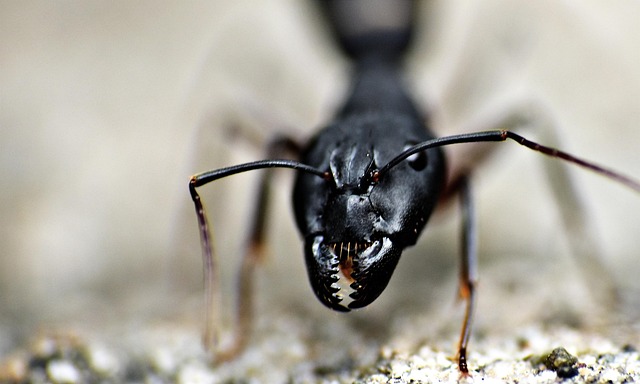
The implementation of Ant Colony Treatment (ACT) begins with strategically placing artificial ant nests in areas where ant infestations are prevalent. These nests, designed to mimic natural habitats, attract worker ants and encourage colony growth. As the treated area becomes a hub for the ants, they carry pheromone trails back to their hidden nests, effectively tracing and exposing them. This behavior is pivotal in the monitoring process as it allows professionals to track and locate the colonies.
Monitoring involves regular inspections to assess the progress of ant control. By following the pheromone paths, experts can pinpoint nest locations, which may be hidden within structures or beneath the ground. This targeted approach enables precise application of treatments, ensuring minimal environmental impact and maximum effectiveness in ant control.
Post-Treatment Care and Maintenance
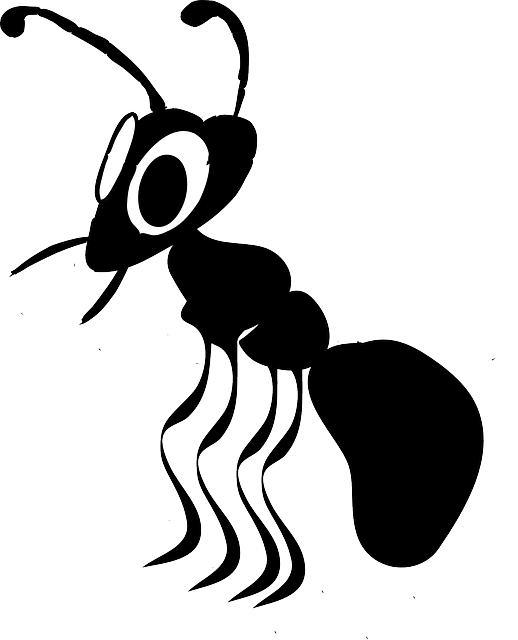
After completing an ant colony treatment, proper post-care and maintenance are essential for long-lasting ant control. The first step is to ensure the area remains free from any visible signs of ants. This involves regularly checking for ant trails, nests, or any new invasions, especially in areas known for ant activity. If reinfestation occurs, promptly identify the type of ants and reinforce the treatment method accordingly.
Regular cleaning and sanitizing practices are vital to prevent future ant infestations. Keep your home or premises clean, wiping down surfaces, vacuuming floors, and eliminating food debris or spills immediately. Seal any entry points or cracks that might serve as potential access routes for ants. Ongoing maintenance ensures that the treated area remains ant-free, providing a more comfortable and hygienic living space.
Common Misconceptions About Ant Colony Treatment

Many people have misconceptions about ant colony treatment, which can lead to ineffective pest control strategies. One common misunderstanding is that treating an ant invasion involves simply eliminating a single “queen” ant. In reality, ants live in complex colonies with multiple queens, workers, and soldiers, each playing a vital role in the overall health of the colony. Therefore, targeted treatments that focus on disrupting the entire network are much more effective for ant control.
Another misconception is that these treatments are only necessary for severe infestations. However, early intervention is key to preventing an ant colony from becoming established and causing extensive damage. Regular maintenance and understanding the unique behaviors of different ant species can significantly aid in ant control efforts. Remember, prevention is always better than cure when it comes to these persistent pests.
Success Stories: Real-World Applications
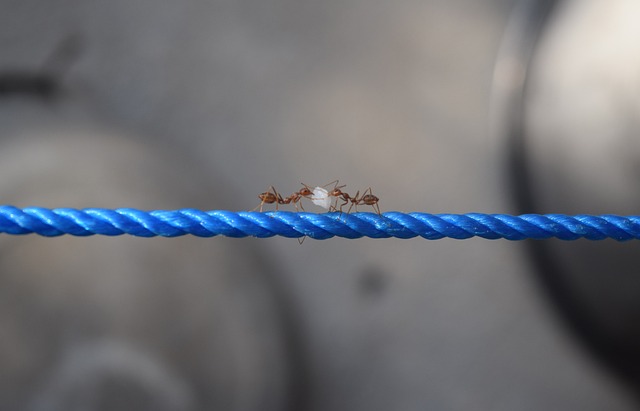
Ant control has seen remarkable success stories through the innovative application of ant colony treatment. This method, inspired by the complex social behavior of ants, offers a unique and eco-friendly approach to managing pest populations. In various real-world scenarios, it has proven highly effective in eliminating or significantly reducing ant infestations in both residential and commercial settings.
From urban apartment complexes to rural farms, many areas have benefited from this natural solution. The treatment involves introducing a specific mixture of substances that mimic the pheromones ants use to communicate with each other. This disrupts their established paths and communication networks, leading to a breakdown in colony structure and ultimately, ant control. As a result, it not only provides an immediate solution but also prevents future infestations by breaking the cycle of colony expansion.
